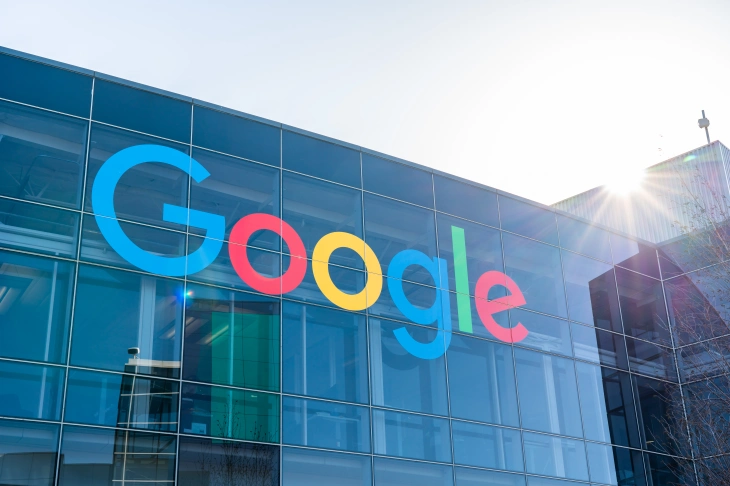5 Mistakes To Avoid in Your Digital Marketing
Digital marketing is an excellent avenue for startups to increase their visibility and attract new audiences and customers. A third of customers discover new brands via social media – the younger, the higher the share. Data by Google shows that 49% of consumers use the search engine to look for new products.
Consequently, it’s unsurprising that social networks and business websites are the two most important marketing channels in 2023 — with over 80% of marketers harnessing these avenues to reach potential customers. That’s closely followed by email marketing – unsurprisingly, given that, on average, email packs $36 of return on every $1 spent on it.
The bottom line? Startups must have a solid digital marketing strategy to stay competitive.
However, many new contenders make basic mistakes when drawing up their strategies. Here are the five worst pitfalls — and how to avoid them.
1. Not identifying target audiences and their pain points
One of the most common mistakes startups make in their digital marketing strategies is to dive in without a clear idea of their target audience or what the pain points of this audience are. This is especially true for freshly launched startups, as it is tempting to cast the net wide to target as many potential customers as possible.
2. Neglecting the basics: websites, blogs, and SEO
In 2023, digital marketing offers many avenues for startups to engage their audience — with an increasingly heavy focus on social media.
As a result, many startups focus exclusively on social channels at the expense of less flashy but equally important components of digital marketing: their business website, blog content and SEO. Many startups’ websites are light on information and heavy on the design. They’re anything but the SEO-optimized, content-rich powerhouses they need to be to rank in Google and boost visibility.
Blogs, especially, tend to be sidelined. Faced with flashy trends such as influencer marketing, article writing might seem outdated in 2023. However, blogs are still a cornerstone of content marketing and have large potential in terms of search engine optimization.
3. Leaving automation and personalization potential untapped
Another common mistake many startups make in drawing up their digital marketing strategy is neglecting automation and personalization. Modern marketing platforms offer a huge potential here. Nowadays, technology enables marketers to adjust content and messaging strategy to every customer’s preferences. Research by McKinsey shows that 71% of customers now expect to receive personalized messages from companies.
Automation tools can help marketers streamline their workflows and reach results more efficiently. However, to derive the maximum benefit from these options, they must be planned initially; otherwise, data is siloed. By integrating personalization and automation into their digital marketing strategy from day one, startups can build a comprehensive data basis.
4. Ignoring social proof
Why should customers trust a startup? By definition, these businesses are brand new and so have no reliable track record of being judged. That’s why startups must integrate social proof into their digital marketing strategy from the start.
When purchasing an unfamiliar brand online, 95% of people read customer reviews before. This is why showing testimonials, ratings and links to review sites like Trustpilot on business websites can significantly boost conversions.
Another way to go is to harness the growing creator economy by working with influencers who can access an audience that trusts them.
A Statista’s Research Department survey showed that 45% of consumers between 18 and 34 had tried products recommended by micro-influencers. 27% even said they’d made purchases directly after seeing a post.
Another way to go is to harness the growing creator economy by working with influencers who can access an audience that trusts them.
A Statista’s Research Department survey showed that 45% of consumers between 18 and 34 had tried products recommended by micro-influencers. 27% even said they’d made purchases directly after seeing a post.
Source: entreprneur.com




